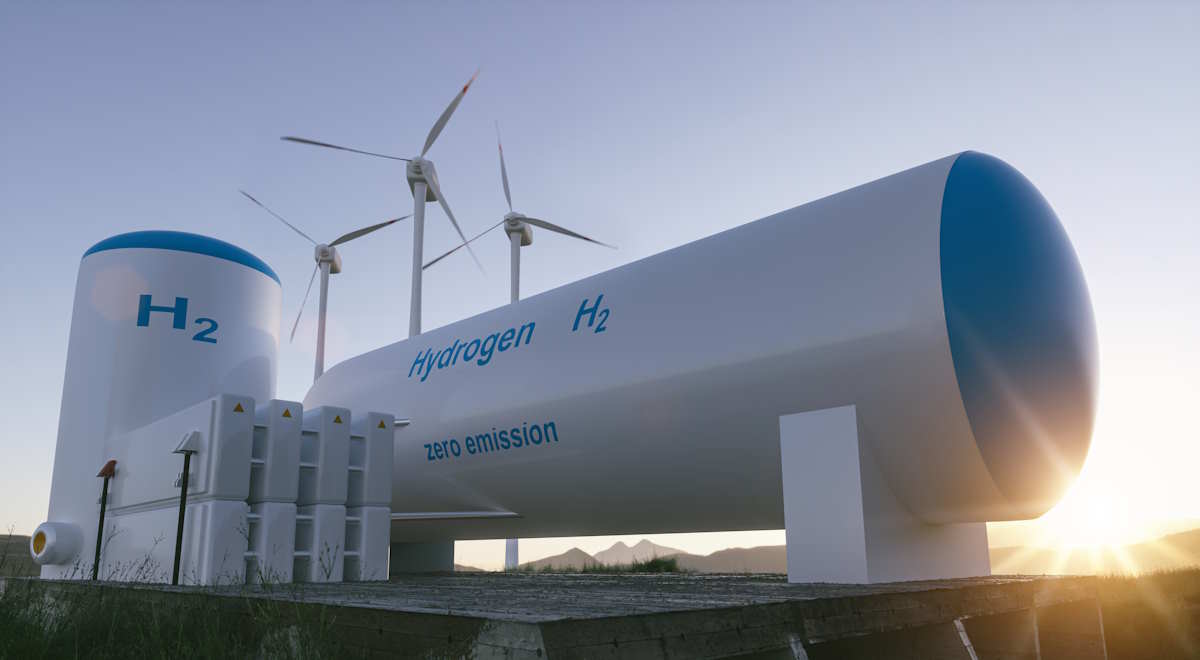Hydrogen offers immense promise as a clean energy solution, but its risks must not be overlooked. Flammability, invisibility, environmental impacts, and health hazards from leaks highlight the importance of robust safety measures. Continue reading →
Hydrogen is increasingly recognized as a transformative energy source, capable of driving significant reductions in greenhouse gas emissions and supporting the global shift to cleaner energy. Its unique properties make it a promising candidate for a variety of applications, from fuel cells to industrial processes. However, hydrogen’s potential is matched by significant risks, particularly when leaks occur. These risks must be addressed to ensure the safe and effective deployment of hydrogen across industries.


Hydrogen’s role in the energy sector is expanding rapidly, driven by its environmental benefits and versatility. According to H2scan, the momentum behind the hydrogen economy is growing, as more companies and countries invest in green hydrogen production and find innovative applications that reduce greenhouse gases. While this progress highlights hydrogen’s potential to decarbonize industries, it also brings new safety challenges to the forefront. As adoption increases, understanding and managing the risks associated with hydrogen leaks is critical.
Hydrogen is highly flammable, with a broader flammable range than most other gases. It can ignite at low concentrations in the air and requires minimal energy to combust. This means that even a small hydrogen leak in a confined space can create an explosive atmosphere, leading to potentially catastrophic outcomes. The energy required to ignite hydrogen is so low that static electricity, a minor spark, or a heated surface can be enough to trigger an explosion.
Even in open environments where hydrogen disperses quickly, leaks still pose significant risks if ignition sources are nearby. The transportation, storage, and industrial use of hydrogen demand meticulous attention to safety measures, including robust leak detection systems and proper ventilation.
Unlike natural gas, which can be mixed with odorants for easy detection, hydrogen’s chemical properties prevent the addition of such markers. This makes leaks difficult to detect without specialized equipment, increasing the risk of dangerous accumulations. Facilities using hydrogen must invest in advanced detection technologies, such as sensors capable of identifying hydrogen at low concentrations, to reduce the likelihood of undetected leaks.
The absence of visual or olfactory indicators means that workers in hydrogen-related environments need extensive training to identify potential leaks and respond effectively. Regular maintenance and inspections of storage tanks and pipelines are essential to prevent unnoticed vulnerabilities.
Hydrogen is often heralded as an environmentally friendly solution, but leaks can have indirect environmental consequences. When hydrogen is released into the atmosphere, it interacts with various chemicals, potentially increasing the persistence of methane, a potent greenhouse gas. While hydrogen itself is not classified as a greenhouse gas, its impact on atmospheric chemistry can inadvertently exacerbate global warming. These risks emphasize the importance of minimizing leaks at all stages of hydrogen production, storage, and use.
Although hydrogen is non-toxic, it can displace oxygen in enclosed spaces, leading to a risk of asphyxiation. If a significant leak occurs in a poorly ventilated area, the concentration of oxygen can drop to levels that make breathing difficult. This presents a serious hazard for workers in hydrogen storage and production facilities.
Implementing safety protocols, such as continuous air quality monitoring and ensuring proper ventilation systems, is crucial in preventing such scenarios. Personal protective equipment (PPE) and emergency oxygen supplies should also be readily available in high-risk environments.
Addressing the risks of hydrogen leaks requires a multi-faceted approach that combines technology, design, and training. Advanced leak detection systems play a pivotal role in identifying and addressing leaks before they escalate. These systems must be capable of monitoring hydrogen levels in real time and providing immediate alerts.
The design of hydrogen storage and transport systems must prioritize materials and components that resist leaks. Regular inspections and maintenance schedules are vital to ensure the integrity of these systems. Worker training programs should focus on recognizing the signs of hydrogen leaks, responding appropriately, and conducting safety drills to prepare for emergencies.
As hydrogen becomes a cornerstone of the global energy transition, raising public awareness about its risks and safety measures is vital. Communities near hydrogen facilities should be educated on emergency procedures and how to respond in the event of an incident. Clear communication can reduce panic and foster cooperation during emergencies.
Governments and industries must collaborate to establish and enforce safety standards for hydrogen production, storage, and use. These policies should be grounded in scientific research and reflect the latest advancements in safety technologies.
Hydrogen offers immense promise as a clean energy solution, but its risks must not be overlooked. Flammability, invisibility, environmental impacts, and health hazards from leaks highlight the importance of robust safety measures. By investing in advanced detection systems, maintaining rigorous safety protocols, and fostering public awareness, the dangers associated with hydrogen leaks can be effectively managed.
Weight management has become particularly relevant, requiring a systematic approach and professional support. Digital technologies…
A dedicated screening layer empowers teams to focus on community growth rather than endless manual…
The 2025 IRS mileage rate is a delivery driver’s best friend when it comes to…
Effective debt recovery is within reach for businesses that use the right tools and have…
Buying decisions follow predictable patterns. Messages about limited availability, social proof, and smart pricing make…
The last thing you probably want to add to your plate is stressing over cybersecurity…